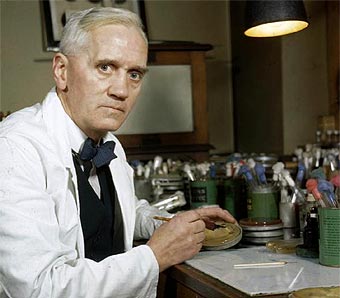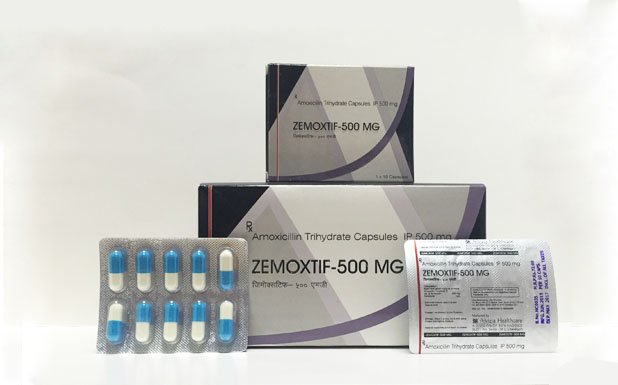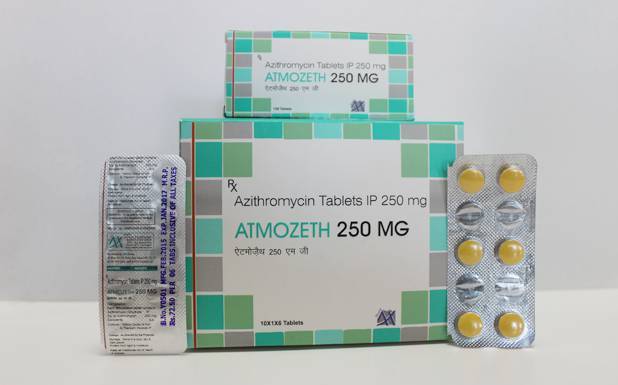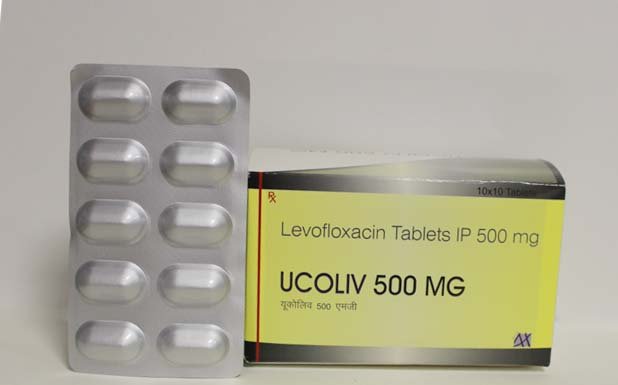Every one of us has taken an antibiotic at least once in our lifetime, for cold or for any infection.
What are antibiotics?
Antibiotics or anti-bacterials are a type of antimicrobial drugs which are specifically used against bacteria. They are used to treat bacterial infections. They either destroy the bacteria or stop the multiplication/reproduction of bacteria. They do not work against fungi or virus.
Brief history of antibiotics
In 1928, a scientist named Alexander Fleming discovered antibiotic named penicillin. Penicillin is a molecule produced by fungi Penicillium, which can inhibit the growth of bacteria. He observed that there was a contamination in his bacterial culture. He noticed the growth of Penicillium Chrysogenum in his bacterial culture. He also observed that the presence of the mold killed or prevented the growth of the bacteria. This resulted in the discovery of the very first antibiotic.
Action of antibiotics
There are different kinds of antibiotics, but all the antibiotics work in two ways.- Bactericidal antibiotic – These work by destroying the bacteria. They kill the bacteria by interfering with either the formation of the bacterium's cell wall or its cell contents
- Bacteriostatic antibiotic – These stop the bacteria from multiplying
Usage of antibiotics
Antibiotics are specific for bacteria. An antibiotic is given for the treatment of an infection caused by bacteria. When antibiotics are used correctly, they are usually safe with few side effects. If antibiotics are overused or used incorrectly, there is a risk that the bacteria will become resistant against the antibiotic. Hence antibiotic becomes less effective against that type of bacterium. Therefore antibiotics have to be used properly and at the right quantity prescribed.
Antibiotic resistance
Due to the overuse and improper use of antibiotics, it has led to antibiotic resistance. This has become a worldwide concern. The ECDC (European Centre for Disease Prevention and Control) says that antibiotic resistance continues to be a serious public health threat worldwide. In a statement issued in November 2012, the ECDC informed that an estimated 25000people die each year in the European Union from antibiotic-resistant bacterial infections.
Allergic reactions
Some patients may develop an allergic reaction to antibiotics especially penicillins. Side effects might include a rash, swelling of the tongue and face, and difficulty in breathing.
Consumption of antibiotic
Antibiotics are usually taken by mouth. However, they can also be administered by injection or applied directly to the affected part of the body. Most antibiotics start having an effect within a few hours. It is important to complete the entire course of antibiotic for its proper effect.
Allergic reactions
Some patients may develop an allergic reaction to antibiotics especially penicillins. Side effects might include a rash, swelling of the tongue and face, and difficulty in breathing.
Different classes of antibiotic
There are different classes of antibiotics. They are classified as follows–
Antibiotic resistance
Due to the overuse and improper use of antibiotics, it has led to antibiotic resistance. This has become a worldwide concern. The ECDC (European Centre for Disease Prevention and Control) says that antibiotic resistance continues to be a serious public health threat worldwide. In a statement issued in November 2012, the ECDC informed that an estimated 25000people die each year in the European Union from antibiotic-resistant bacterial infections.
Ciprofloxacin – VIZICIP Tablets from Alvizia Healthcare
Amoxicillin – ZEMOXTIF Tablets from Alvizia Healthcare
Azithromycin- ATMOZETH Tablets from Alvizia Healthcare
Levofloxacin – UCOLIV Tablets from Alvizia Healthcare
And many more…..




